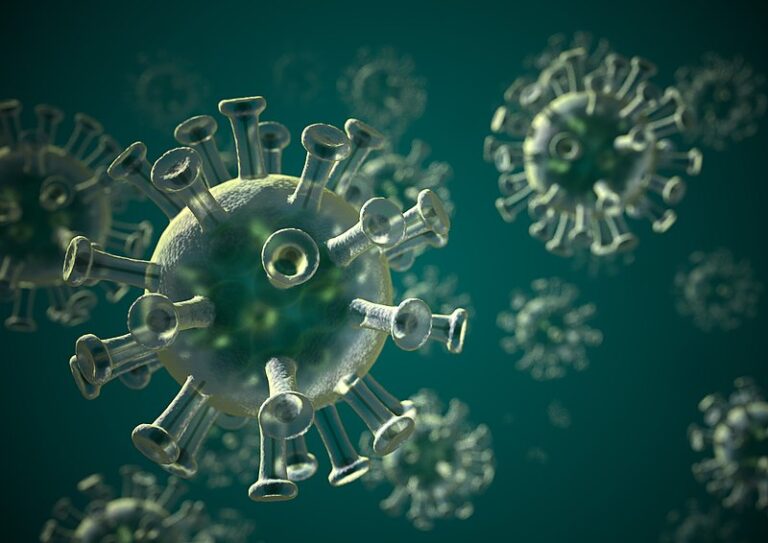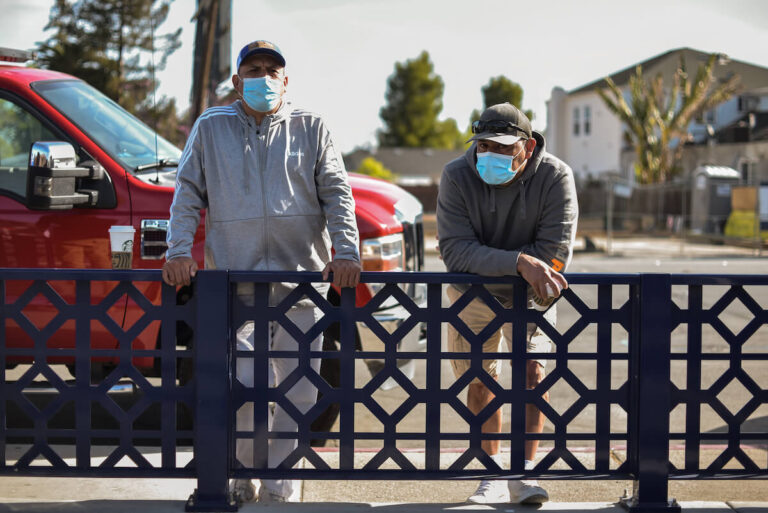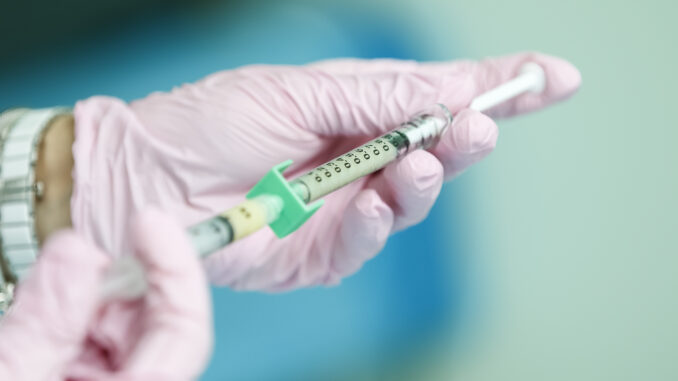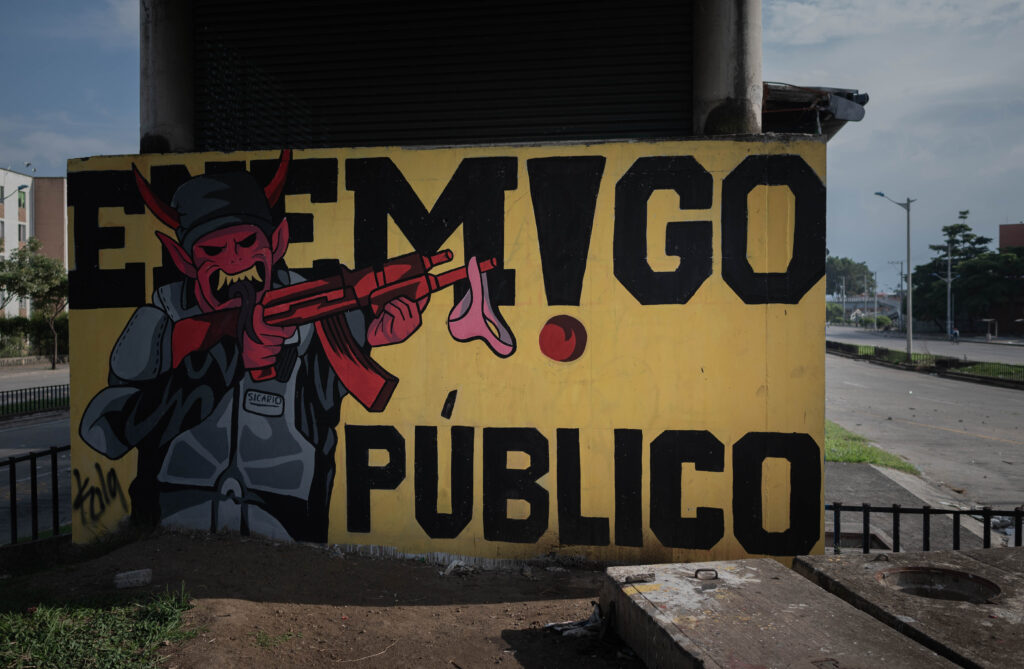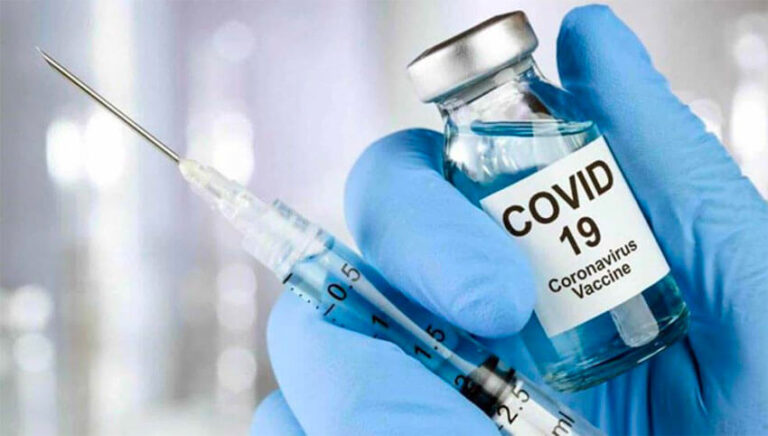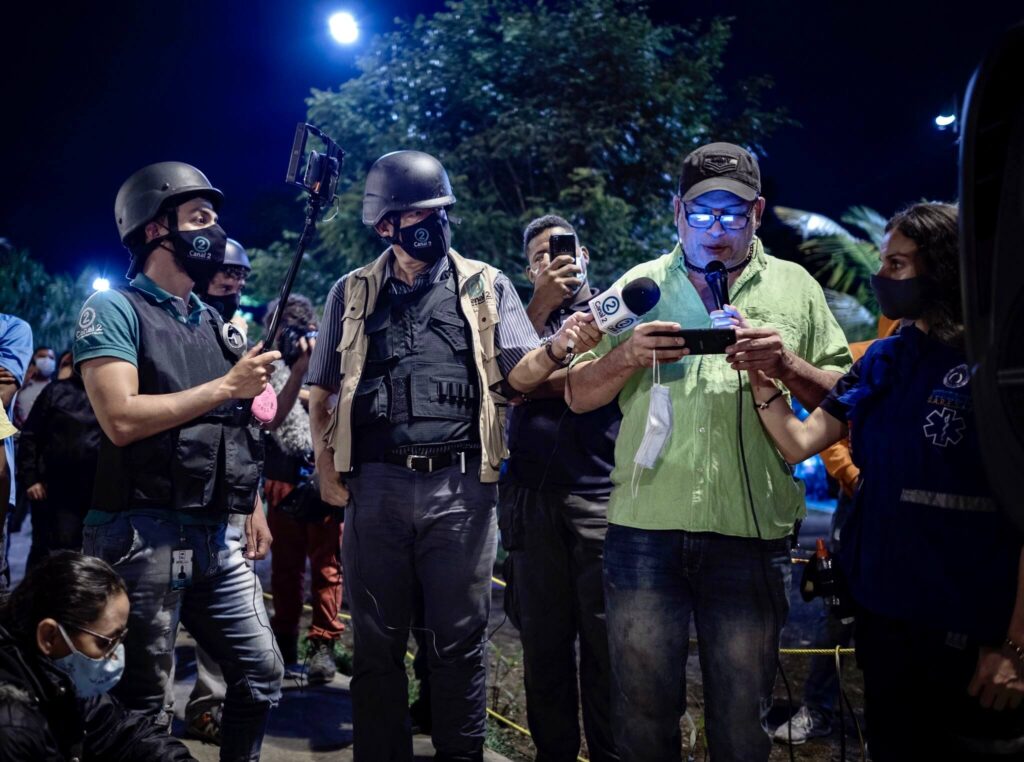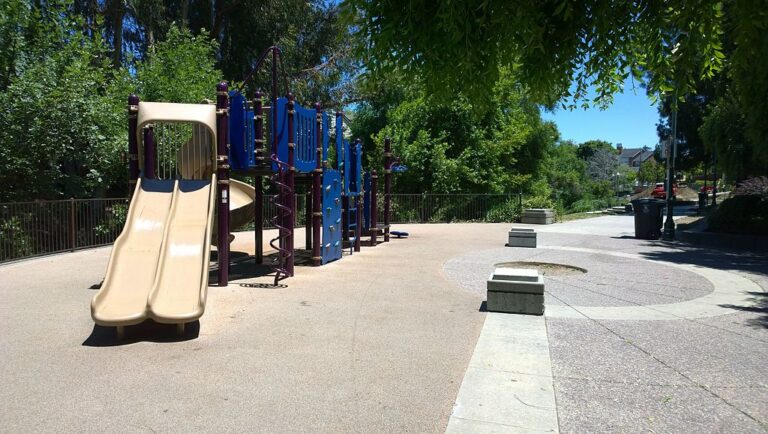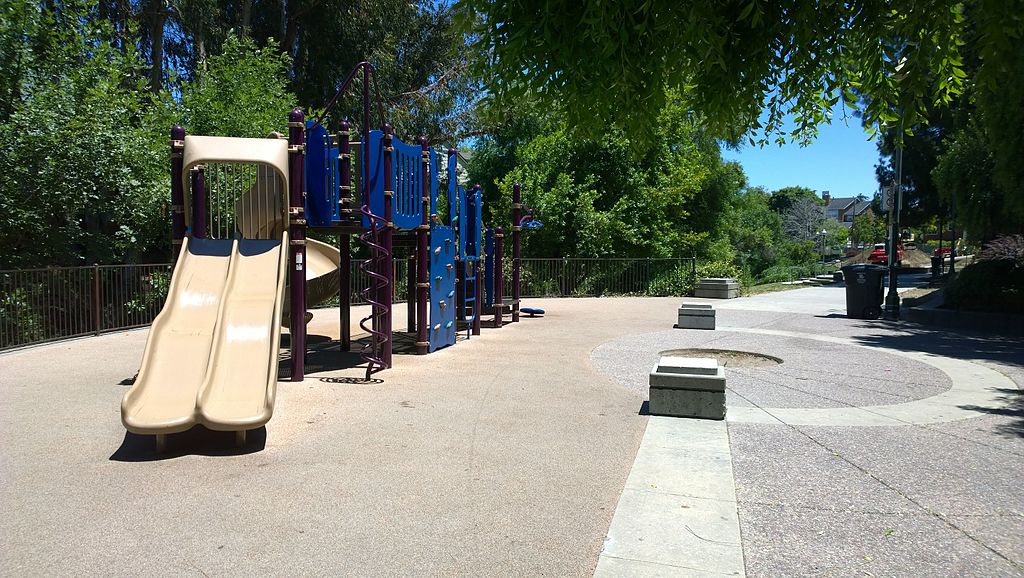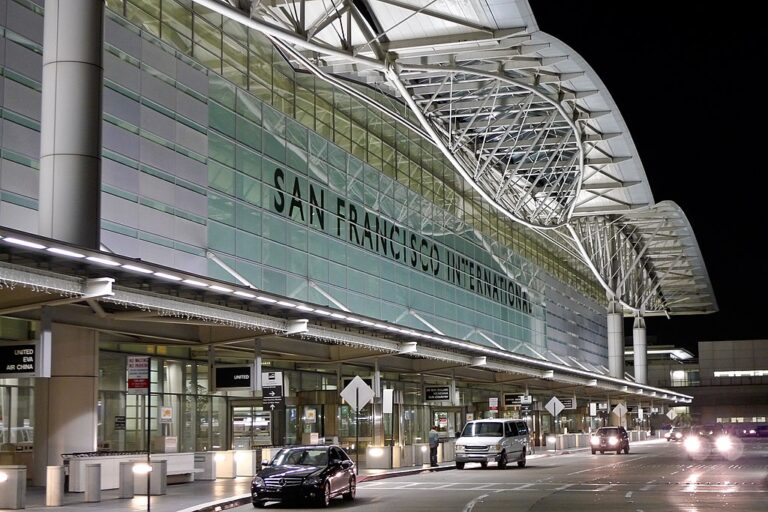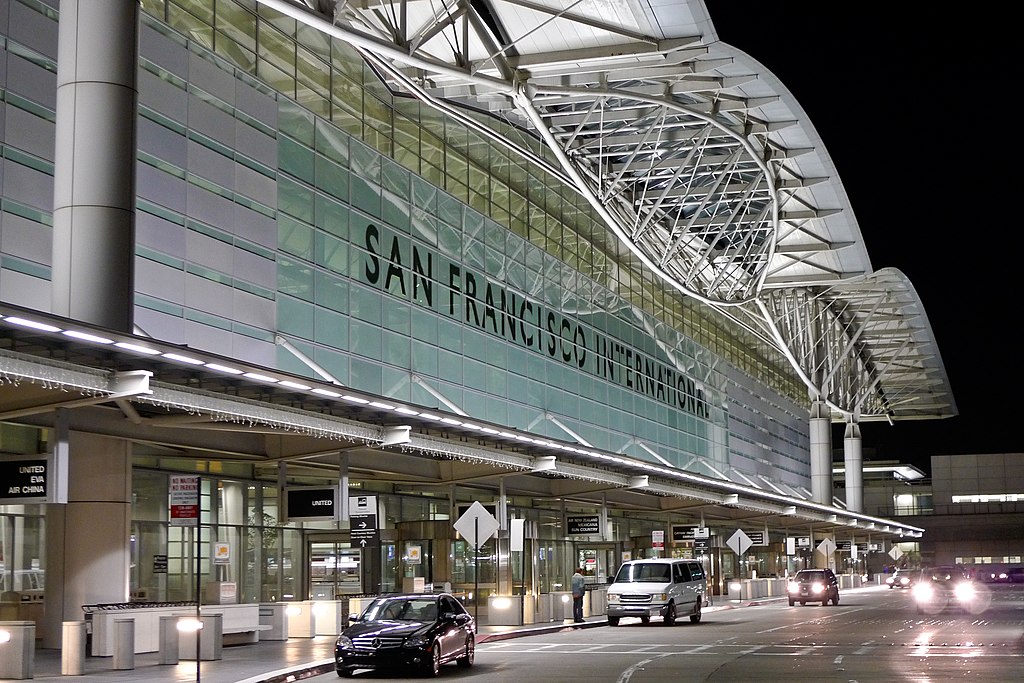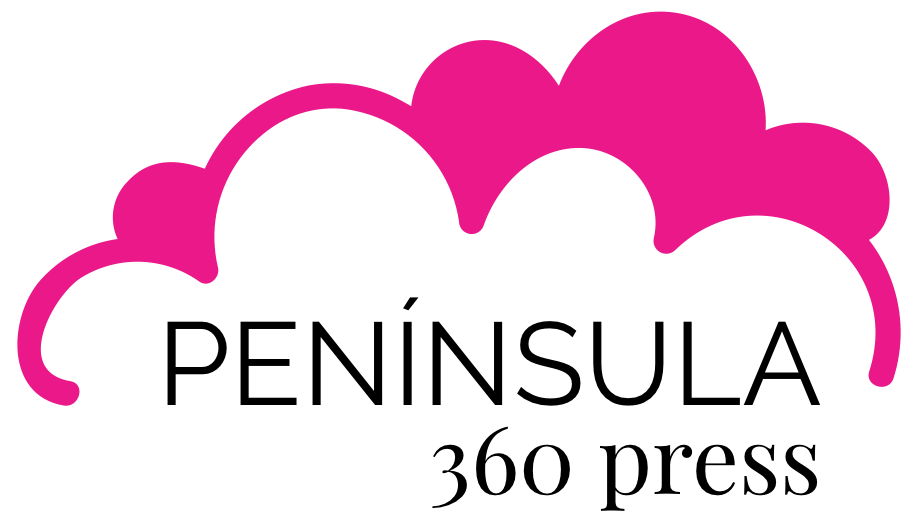
By Pamela Cruz. Peninsula 360 Press [P360P]
Due to the extreme heat in California, the "Flex Alert" was extended until this Saturday, to avoid a possible power shortage in the state.
The heat wave is due to climate change and a growing wildfire in southern Oregon that threatens the California Independent System Operator's (ISO) transmission lines and the state's power grid.
According to the National Oceanic and Atmospheric Administration, exceptional heat waves have caused the sixth month of this year to be the hottest June on record in the country.
And is that, this year's average June temperature in the U.S. was 72.6° Fahrenheit, 4.2 degrees above average, making it the hottest June in 127 years of record keeping, beating the record set in the same month of 2016.
The Flex Alert will be in effect between 4 p.m. and 9 p.m. today. Here are some recommendations:
- Set thermostats at 78° F or higher, health permitting.
- Avoid using large appliances.
- Turn off all unnecessary lights
- Using fans to cool the home
- Unplug items that are not in use.
Before the Flex Alert goes into effect and when solar energy is plentiful, consumers are encouraged to follow these steps:
- If you need to use your major appliances, do so before the Flex Alert goes into effect, when solar power is plentiful.
- Close window shades to keep your home or apartment cool.
- Charge electronic devices and electric vehicles so they don't need to be charged later when solar generation is down.
In addition to this alert, the ISO is using multiple tools to help keep the grid stable, including a request to power generators in the western region to purchase additional resources.
Meanwhile, Gov. Gavin Newsom signed an emergency proclamation Friday to free up additional power capacity due to the major heat wave and fire in Oregon that is impacting the state's power supply.
The proclamation allows for the use of backup power generation and frees up additional energy capacity to assist in relieving heat-generated demands on the state's power grid.
Since last summer, the state's energy agencies have taken swift action to ensure grid reliability, both this summer and in the future, to build the state's climate resilience.
This includes requiring utilities to obtain additional energy resources to meet expected demand during extreme weather, generating additional storage, and re-launching the "Flex Your Power" campaign to help California conserve energy.
As the state's ability to store solar and wind energy with batteries or other technology continues to advance, the crucial evening hours are expected to be less challenging and similar emergencies will be rarer.
For now, collective action to conserve energy is the most effective way to support grid reliability.
You may be interested in: Heat wave, a "killer" phenomenon brought on by climate change

